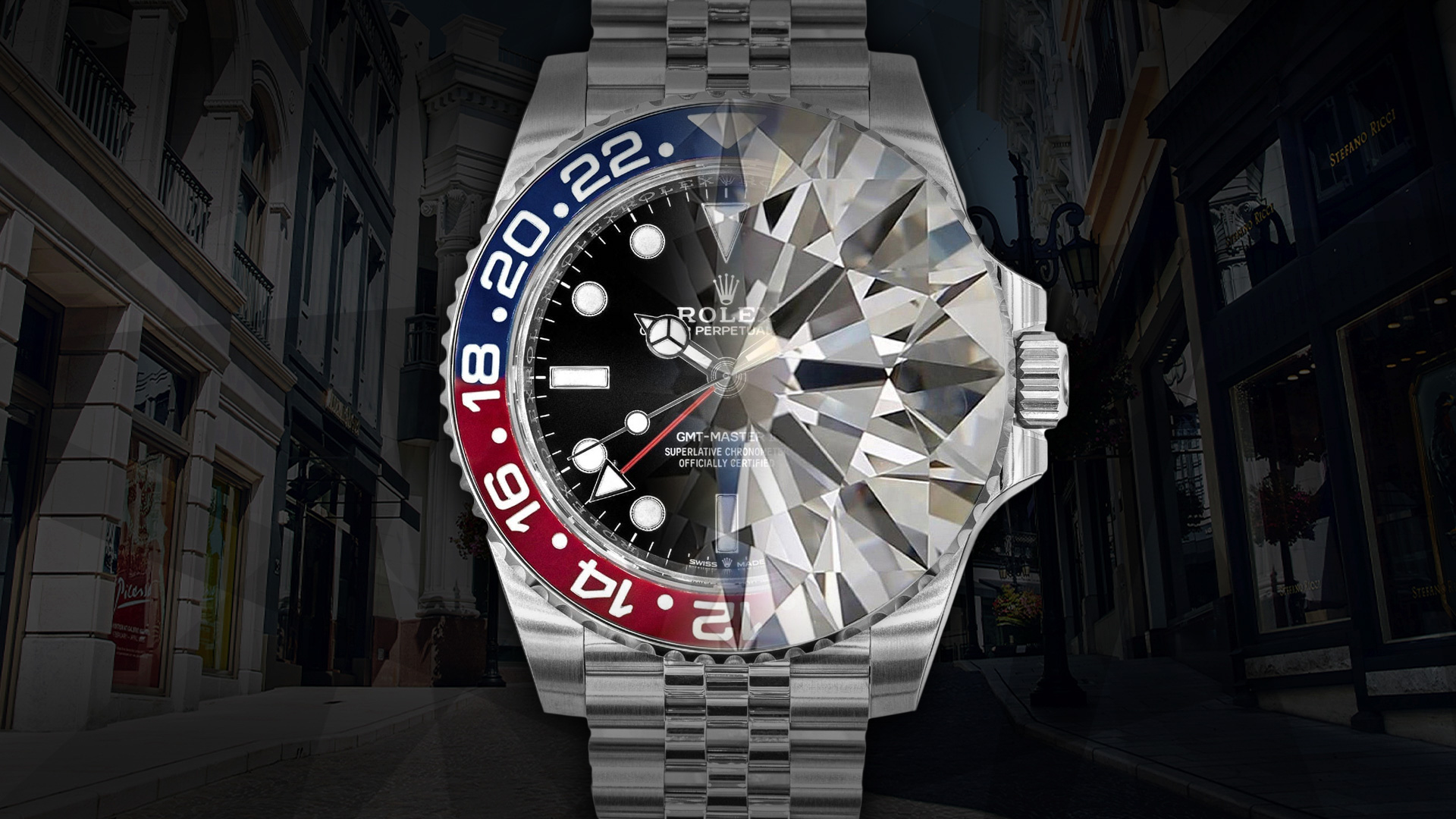
When consumers spend money on most luxury goods, they are, in fact, purchasing two things at once. First, they are purchasing a “nice object” or service. That is the thing they are acquiring, and for it to be an authentic luxury, it has to be manufactured rather well, often with a refined design and using less-than-ordinary materials. But that alone doesn’t make anything a luxury good. The second thing consumers are purchasing when getting a luxury good is the brand name on the good. This is a more amorphous area of value but a real one nonetheless. When you buy a brand you are in fact purchasing an association with a concept, feeling, image, or status. Brands are names that have associated values and perceptions with them. These values and perceptions are in many instances just as complex and time-consuming to develop as the luxury goods themselves. For the rest of this article, I’d like to discuss why many watch buyers like to purchase from luxury brands, and how that affects some of the common sentiments I see help by many timepiece collectors and consumers, in general.
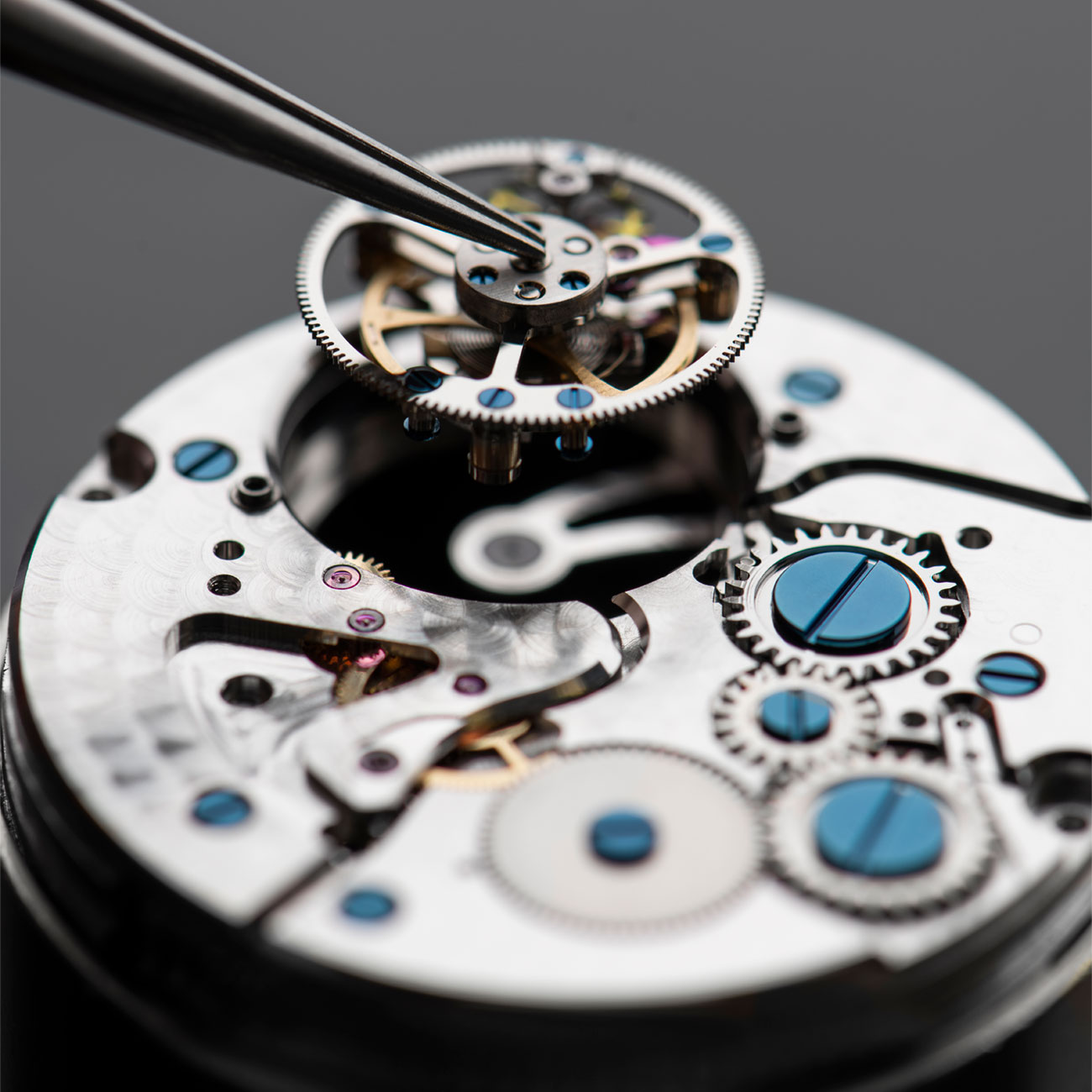
One popular consumer sentiment that timepiece enthusiasts and collectors often debate about is luxury good pricing. Many consumers vehemently feel that the price of a luxury timepiece should be exclusively dictated by its manufacturing and material costs. The sentiment is understandable, though it misses a huge part of the luxury good formula which makes objects worth desiring in the first place for the majority of buyers out there. Among the most common types of comments you’ll see on aBlogtoWatch and the many other places online where people have conversations about watch collecting is essentially something like,”This watch seems to have only cost $1,000 to produce. So why am I being asked to spend $10,000 on it?”
It is easy to empathize with the logic. In an era when “cutting out the middle-person” is common across many industries, consumers, in general, are increasingly suspicious of being asked to support overly ambitious profit margins at large companies. This has led to a larger consumer movement where buyers are interested in their money being stretched as far as possible, allowing them to “get what they want at the lowest possible price.” More specifically, in the watch industry, this has led to a reaction by many people that timepieces are immediately overpriced if their retail price appears to be in far excess of the manufacturing cost. I do understand and sympathize with the sentiment, though it has deep logical flaws and hardly represents why people are actually purchasing nice watches, to begin with.
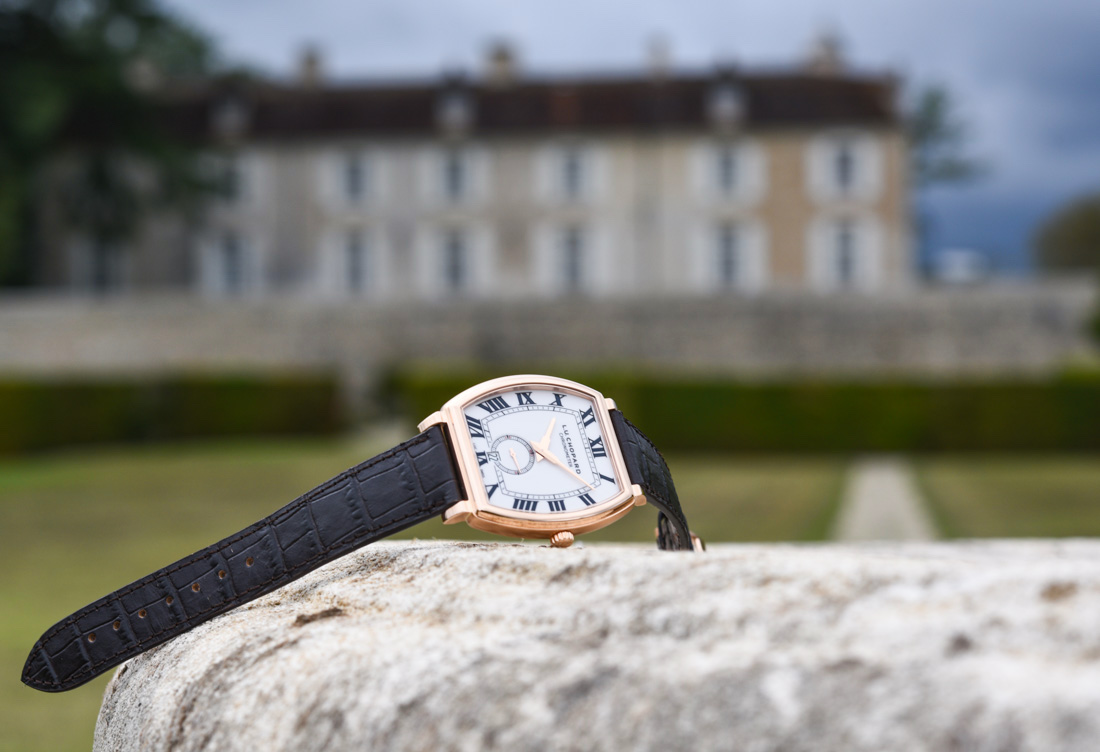
The first thing to discuss is the social element of purchasing a luxury good. What makes luxury goods different from most other goods is that you aren’t just buying a thing. You are buying a thing with a social dimension, which often means that other people around you have both familiarity with that thing and some idea of what that thing represents. Even if the representation is as superficial as “that must have cost a lot of money.” The operative idea here is that people more often than not prefer to purchase luxury goods with names that their friends and communities also know about (or will know about). This social dimension of luxury goods is nearly inseparable from how luxury goods are used and valued in society today.
Let’s go back in time a little bit and consider non-luxury good watches. These are known simply as tools. Tools are functional objects that perform a particular task with a particular level of comfort and reliability. Tools address utility needs people have, and the value of tools is often associated with how well those tools operate and the durability those tools offer. Tools might have a social element given the notoriety of the brand or reputation, but the demand for tools stems from what they do, and not what they communicate.

While the world still has a place for tool watches, the realm of luxury watch collecting is rarely associated with people strictly purchasing utility watches they need to functionally perform for them. Watches as tools for most consumers is a distant secondary value even if watch collectors love talking about watches as tools. The reality is that the vast majority of watch purchases are designed to improve the mood of the wearer and send a positive signal to anyone who might view them wearing that watch. These have little or nothing to do with a watch’s status as a tool. Why, then, do some consumers who wish to purchase a status symbol, seem resistant to spend money on anything other than a tool?
The reason, in my opinion, is that many watch collectors like to ignore the fact that they aren’t just purchasing a tool, but also a luxury item. As I said above, this sentiment is more than likely a function of the larger “cut out the middle-person” conversation happening across a lot of other industries, as well as the fact that consumers correctly observe that luxury watch prices are quite literally all over the place. Viewing the current pricing culture of the luxury watch space without a deeper level of sophistication and knowledge can indeed lead many people to believe that X or Y is overpriced. Is it, though?
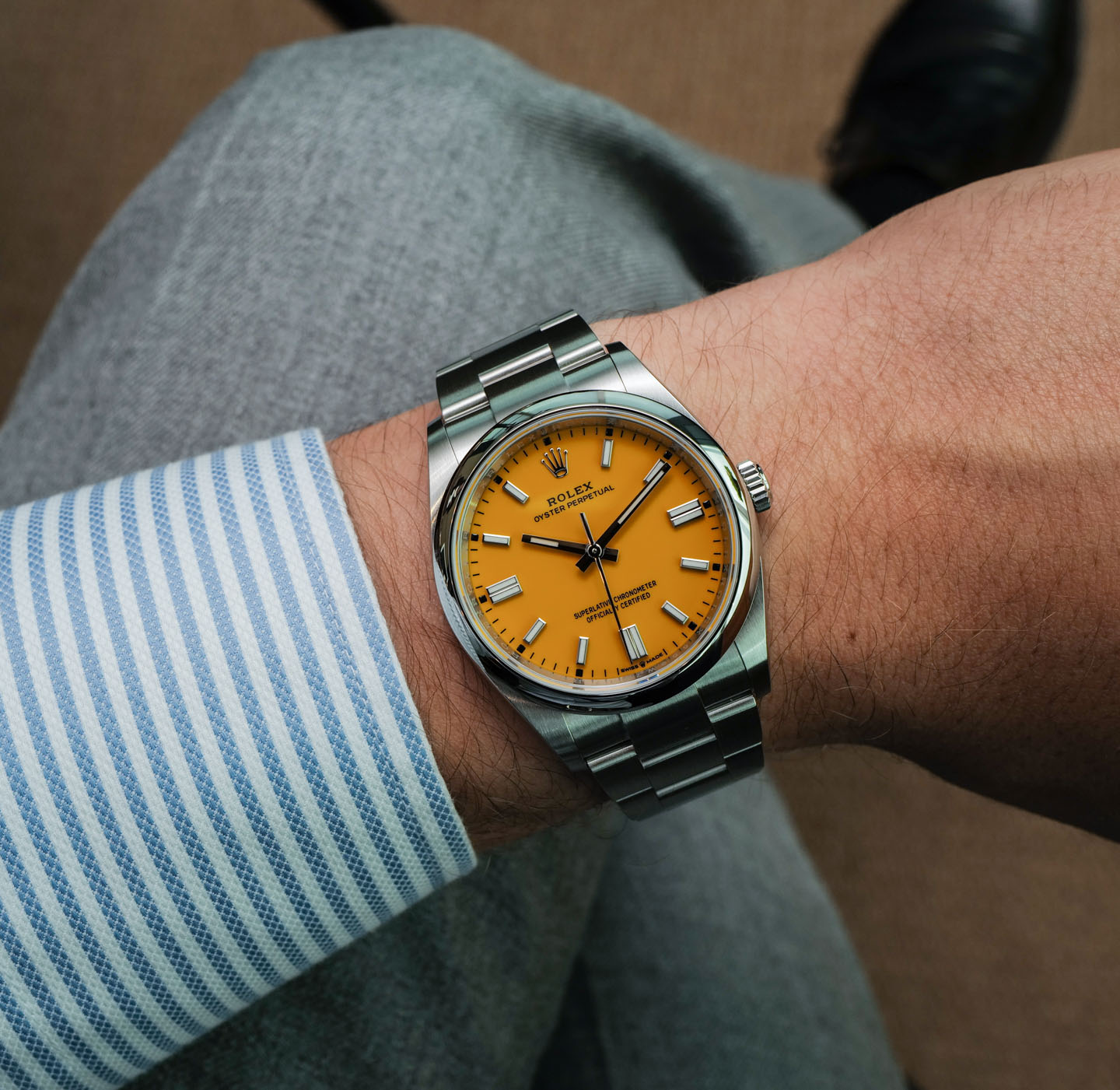
Let’s talk about Rolex for a moment, as a quick example. Here is a luxury watchmaker who not only produces an excellent product, but it has also spent a few generations investing in Rolex as a luxury brand. The important question to ask is how well Rolex would do as a company if very few people knew about their products and their brand name was not deeply saturated into popular culture. I hope that most of you would agree Rolex demand would absolutely plummet. Why? It isn’t because Rolex doesn’t make a good tool (they do) but because there wouldn’t be as much value for the buyers. In addition to buying that nice object, they are purchasing the right to wear a name that comes pre-loaded with a huge marketing image and consumer perception. This is why I like to sometimes playfully remark that you don’t really wear a Rolex, the Rolex wears you. The implication is that people often see the Rolex entering the room before you – given that the brand has such a deep meaning for so many consumers. The important question to ask is what that pre-loaded positive consumer perception about Rolex costs? In fact, it costs a lot and it helps explain why luxury goods are priced where they are.
Let’s return to the conversation many collectors have about not wanting to purchase watches that appear to cost much more than their manufacturing costs. Let me add here that most armchair watch experts have no clue what watches cost to manufacture, even if they can go online and research the wholesale cost of a mechanical watch movement. Not only can the costs to produce relatively simple watches vary depending on a number of factors, but what goes into producing a quality timepiece is never just a sum of the costs of the raw materials. Most people do not understand the special tools, facilities, training, and staff that go into contemporary timepiece production. This is to say that if you come across some commentary online about how much any particular watch cost to make, I would feel comfortable telling you to ignore it.
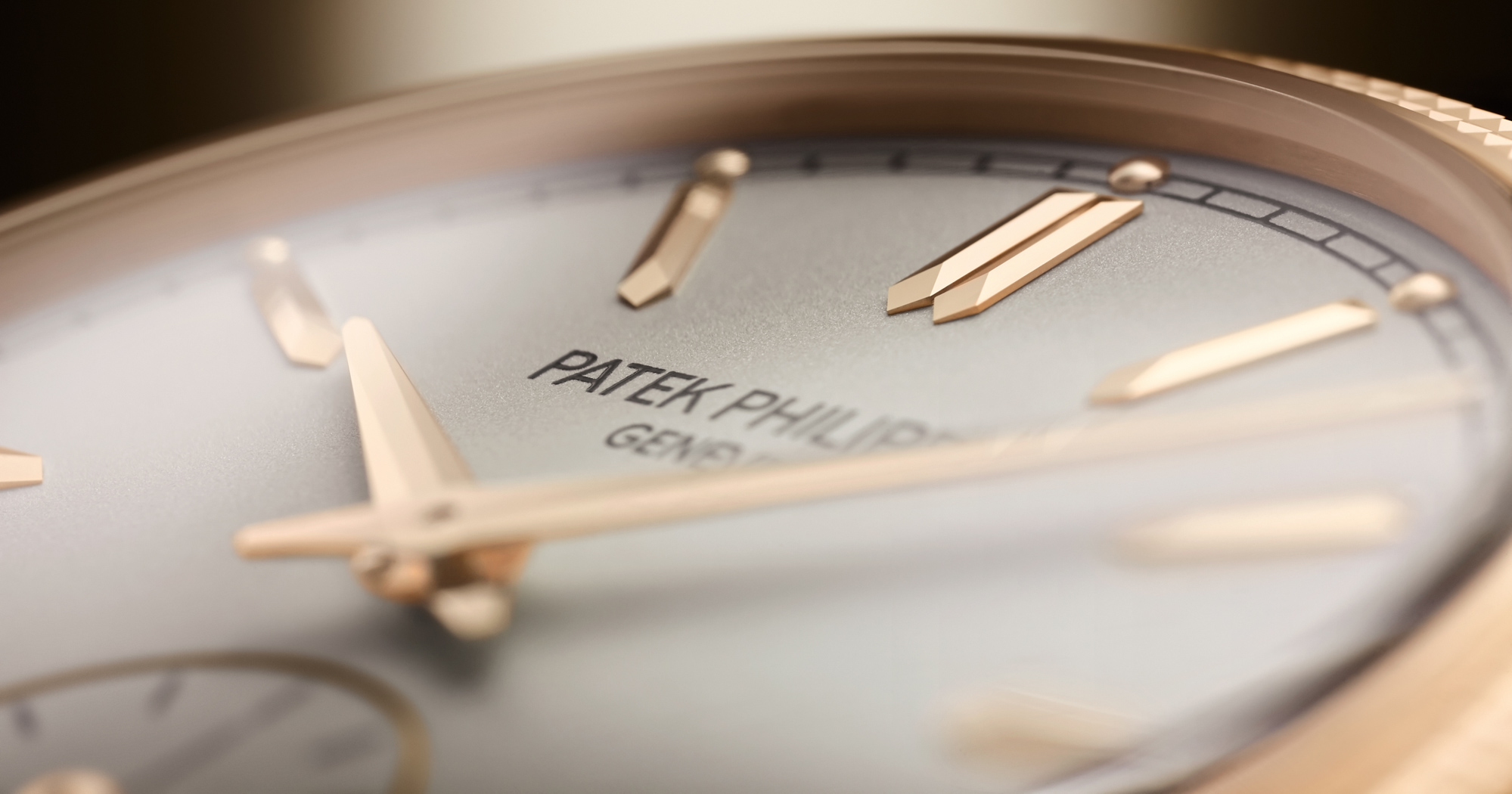
With that said, it is certainly true that watches are not priced entirely based on their manufacturing cost. Items like that typically enjoy massive economies of scale in markets with established distribution and demand. The watch industry today has few if any of those things. Everything from marketing a watch to selling one is imbued with enormous and ongoing costs that can only be recovered by a high retail price. This is especially true in an era where less watches are being manufactured (ultimately a good thing for long term product value and integrity).
More so, there continue to be “coat tail-hanging” brands whose business model is to ride on the excess demand created by other bigger spenders in the space. Rolex is the most common example of this because its prolific global marketing is crucial in making luxury watches “a thing” for most consumers. Recall that for a consumer to be interested in a luxury watch, they first need to be educated as to what a luxury watch is and what wearing it can do for you. Rolex helps with all of that by communicating to much of the planet that luxury watches are expensive and that wearing them means you are a winner (at least, that’s the marketing goal). This larger effort by Rolex creates a market for luxury watches that will never be able to be satisfied by wearing the same products. Thus, a large number of other luxury watch brands have existed and continue to exist exclusively by riding on the coattails of Rolex. They can pass on lower prices to their consumers because they don’t have to spend the money on marketing and demand that Rolex does. There merely get to benefit from it. Without Rolex and other important big-name brands in luxury watches, the vast majority of the “smaller guys” would not succeed. Why? Because they have spent relatively little in establishing themselves as luxury brands (as opposed to mere toolmakers).
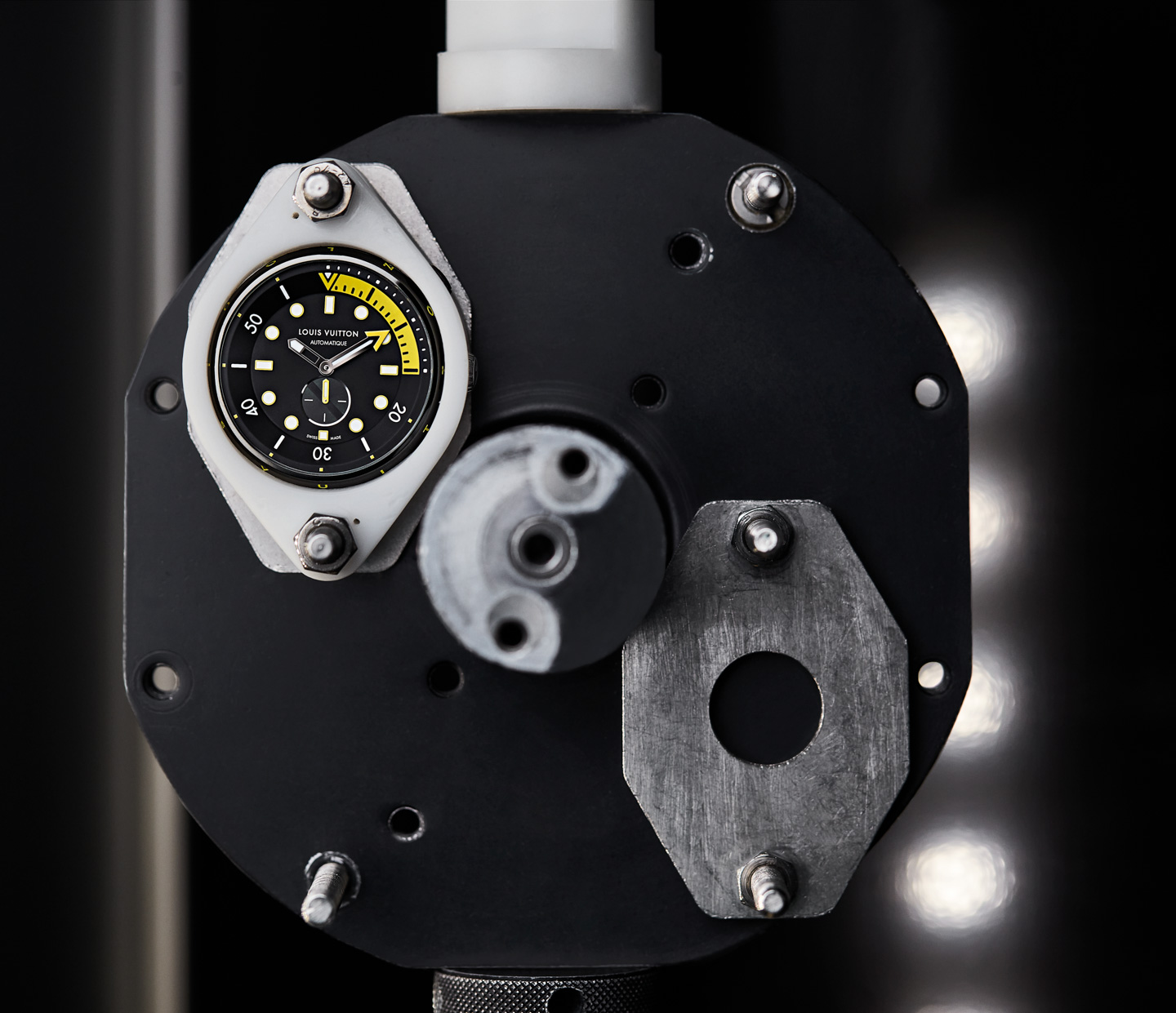
Marketing and advertising, in general, costs more than manufacturing at most watch brands, but it is essential to creating a luxury brand. Without marketing and advertising, a brand cannot penetrate a market with its messages and eventually saturate a market with its stable presence. We often take for granted popular names like Chanel, Louis Vuitton, Mercedes Benz, etc., as important houses of luxury. Few people consider the money spent on profit-losing stores on high streets, global advertising campaigns, events, and sponsorships that such brands regularly have to spend on, which maintain the awareness and image perception they have in the market. If you purchase from one of these names, you benefit from its name awareness, and yet few consumers today feel like defending the fact that when they purchase a bag from Louis Vuitton, they are getting more than the sum of raw materials and manufacturing steps.
The watch collectors who complain about product prices that are too much higher than their manufacturing costs are fighting a losing war. They appear to be saying, “We really want there to be a thriving luxury watch industry where the common person respects a nice watch, even if they don’t own one. But I don’t want to spend my own money on brands that invest in educating the public about luxury watches or that communicate the values associated with those brands to a wider audience.” That’s rather self-defeating because if that mentality expands, the luxury watch industry will go away. The small number of watchmakers they choose to embrace will not be those who support a global luxury watch image presence, and whose value is next to nothing without a larger demand and interest in luxury watches, in general. Thus, the complaint about luxury watch prices from major brands being too high is, at best, a serious misunderstanding.
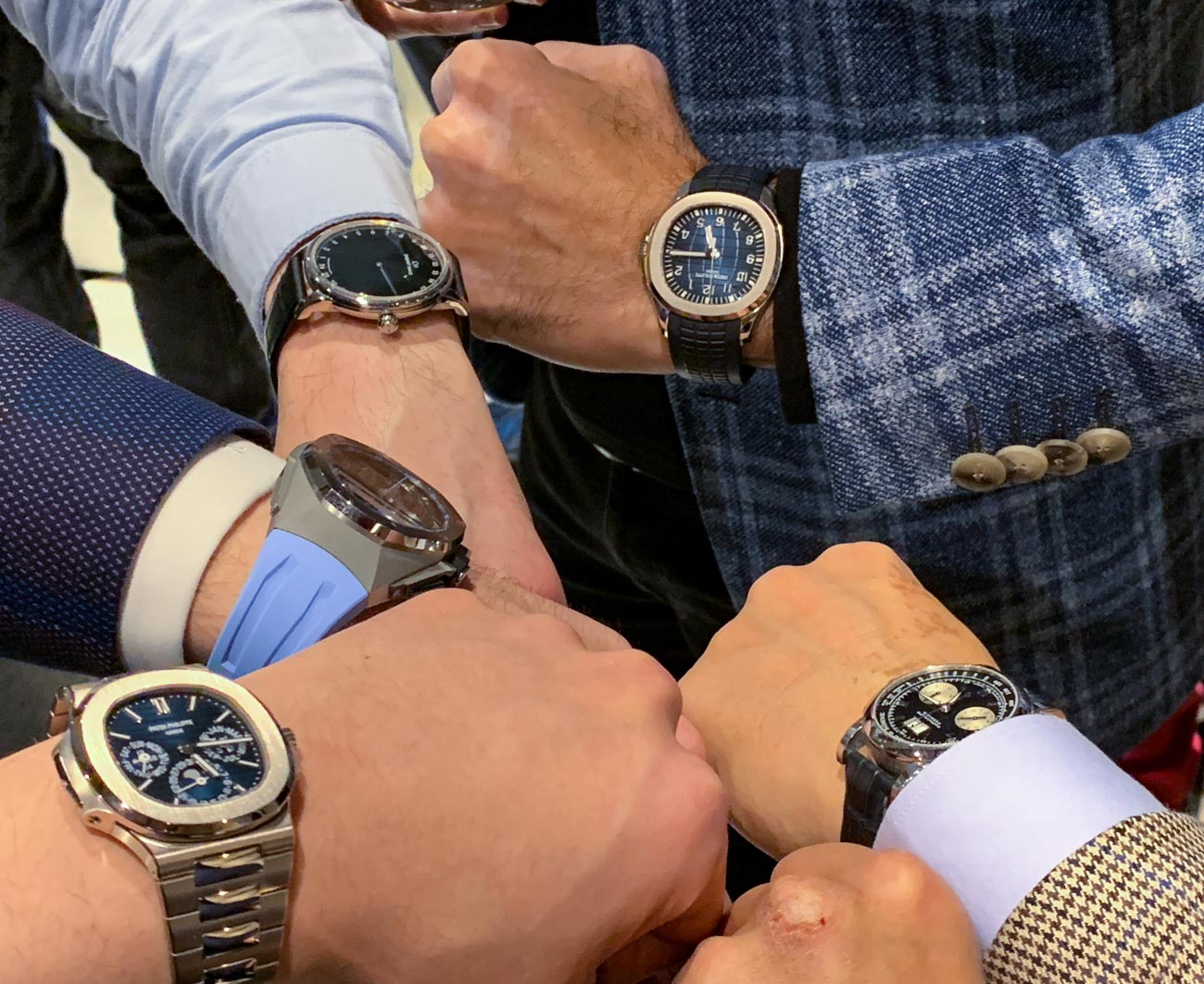
Let’s talk a bit more about what comes with purchasing from a luxury watch outside of just wearing a tool that tells the time. Where is all this extra profit margin going, and what is the larger value to consumers? The challenge here is that articulating the specific value of buying a luxury name is challenging for most consumers. Ask them, for instance, what “wearing a Rolex says about them,” and you’ll mostly receive befuddled responses, as people don’t tend to think this way. It is much easier for most consumers to articular the technical value of a tool even if they are purchasing it merely to show off.
Not being particularly in touch with why we purchase what we do is part of the modern consumer experience. Marketers don’t really want consumers knowing or thinking about the fact that they purchase products because they feel insecure or because they want to look more like someone else they admire. The reality is that many people enjoy how other people perceive them differently based on what they are wearing or using. If one of the values that comes with a luxury watch is social acceptance, what is that worth? What about the value of a luxury watch being able to remind you about a hero who may be associated with the brand as a wearer or ambassador? What about the value of being able re-sell or gift a luxury watch with a known name, such that the person getting that watch ascribes value to it and is happy when getting it? None of these values are often associated with tools, but they are associated with branding.

I’ve spent many years studying brands and branding as part of my larger interest in consumer behavior and market dynamics. I’ve carefully observed not only how consumers discuss and perceive brands, but also how companies create and foster brand names and images. I can say without any hesitation that purchasing a brand name because of the values associated with it is of undeniable monetary value to many consumers. And yet, consumers with some of the most articulated expertise in timepieces often seem to forget the value inherent in spending on a brand name in addition to a tool.
This conversation extends far beyond just luxury watches and can be applied to a large number of high-end goods on the market. Having carved out a niche area of expertise in the area of high-end timepieces, I simply use the context of luxury watches to discuss the larger idea of why consumers spend more money on luxury brands. Furthermore, the price of the products produced by luxury brands will never be a mere summary of raw materials and manufacturing costs because creating and supporting a brand image is a large ongoing investment cost in itself. There will always be companies seeking to take advantage of a healthy demand market and introduce products that are priced closer to their cost of production. These companies, however, will never be able to sustain and maintain an actual luxury watch industry because they fail to invest widely enough given their thinner margins.
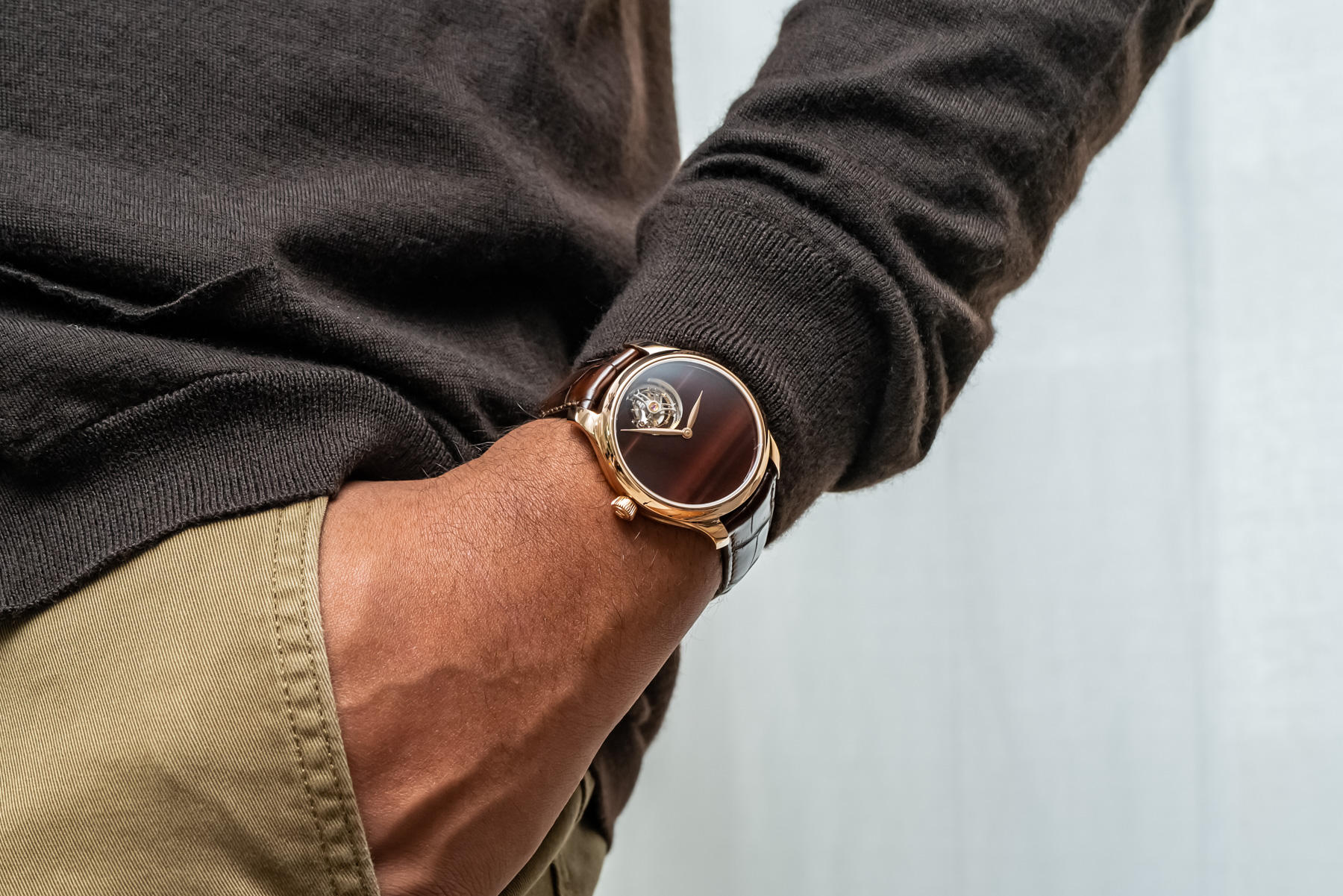
As a collector, my assortment of watches includes products from both major luxury brands and those from smaller boutique names and artists. I often admire the “little guys” more than the big names, mostly because of their creative risks and agility. I never once forget however that without a healthy larger mainstream luxury watch industry around, none of them would exist. I hope I’ve helped a lot of collectors out there appreciate what they are really buying in a luxury brand name, and how doing so helps maintain this interesting little industry we are all so passionate about.
